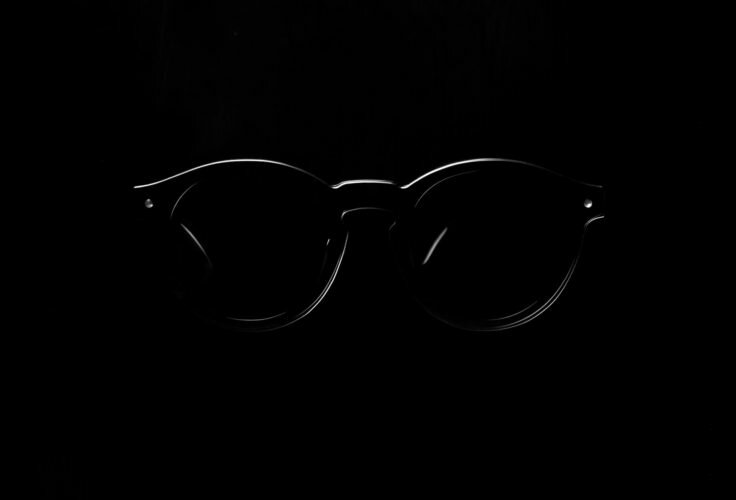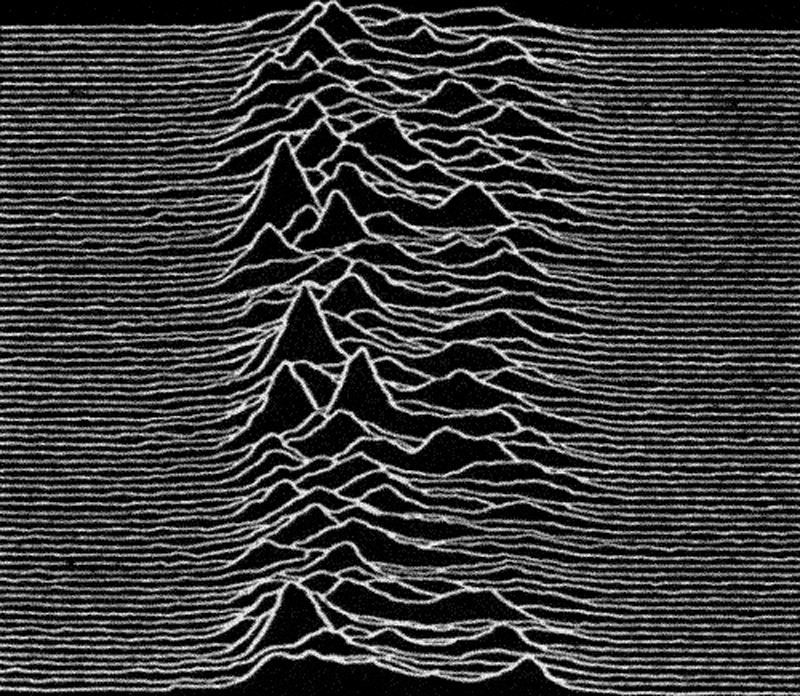Through a GIF by Jiri Trnka, Alexandre Serrano defends traditional animation, folklore and roots.





Constant




Shouldn’t we know already the images of this GIF, it would be possible for us to see them as what they really are: some kind of frequency diagram; the graphic representation of several radio signals superimposed on the same plan. However, we’ve seen them so many times, decorating all sorts of things, from garments to mobile phone covers, pillow cases and toenails, lighters, shoe soles, tattoos and even 3D impressions. And, of course, on the object which gave origin to this iconographic cult: the cover of Unknown pleasures, Joy Division’s first album.
The story of this design is one of those happy encounters between signifier and signified. Its creator, Peter Saville, . In essence, he elaborated it taking as a base an illustration that guitar player Bernard Sumner had extracted from the Cambridge Encyclopaedia of Astronomy of 1977. It was the computer generation rendering of the electromagnetic impulses of the first pulsar ever detected and captured by a radio-telescope. But it was his decision of turning it into a negative of white lines over black background, without any reference to a title or to the name of the band, what reinforced the idea of mystery; the idea of a signal emerging from the dark, of a cryptic message sent by a remote intelligence from the emptiness of the universe. It’s not surprising, in fact, that the first astrophysicists that measured the surprisingly regular interval pulsations of those neutron stars contemplated the idea of them originating from an extra-terrestrial civilization; that they were a kind of cosmic buoys to navigate through space. However, the strength of the composition resides too in the fact that all those suggestions anticipate the contents of the album and define with an amazing concision the sound of the band:
By
Alexandre Serrano


its melancholy and machine-like beat, its spasmodic and primitive rhythm, Ian Curtis’s voice reciting sharp visions from a cold planet of desolate post-industrial landscapes called Manchester. And, on top of that, it establishes the stylistic landmarks of the label Factory Records and starts its glorious tradition of record cover designs brave to the point of suicide: let’s not forget that the expensive production of New Order’s single, with which they lost money with every one sold due to an accounting mistake, was a premonitory milestone for their later bankruptcy.
Probably due to their overexposure, these images –animated in hundreds of GIFs of limited creativity– don’t provoke the impact, expectations and anxiety that they generated when they first came out. In the same way that we see them decorating the folders of people that wouldn’t even recognize , they seem to reach us with a deadening filter. But we can also contemplate them with the acuteness of the person who should be more pissed off for their trivialization, Peter Saville himself, who on the contrary is satisfied by the capacity of popular culture to still grant these images new layers of meaning and re-readings; or as visions of science in our day-to-day imaginary capable of expressing something about our intimacy. Or, best of all, we can also think that they persuade us to emulate the reaction of Harold D. Craft, the PhD at the University of Cornell, pioneer in digital analysis of pulsar data whom in his thesis was the first ever to print them out: as he told Jen Christiansen in an interview for Scientific American, when a colleague told him he’d seen them on the cover of a record: “I went to a shop and, fuck, there they were! So I bought the album.”




















